British and Polish flight engineers have carried out a live refuelling of Swedish JAS 39 Gripen fighters during NATO air operations in Poland, the Alliance confirmed.
The operation formed part of a broader five-month Allied deployment and marked a significant demonstration of NATO’s ability to cross-service aircraft between nations.
According to NATO, cross servicing allows aviation technicians from different countries to maintain and support each other’s aircraft, strengthening interoperability and enabling operations to continue from dispersed locations without the constant presence of national ground crews.
The refuelling was conducted as a “Hot Refuel” – known in Sweden as fast refuelling – where the Gripens were serviced while their engines remained running. NATO said the rapid turnaround technique allows pilots to resume missions with minimal delay. In addition to Gripen operations, Swedish engineers also gained hands-on experience refuelling British Typhoon jets.
Cross servicing is central to NATO’s Agile Combat Employment (ACE) concept, which emphasises the ability to deploy airpower quickly from multiple bases. ACE aims to increase resilience, complicate adversary targeting, and ensure that Allied air forces can reinforce any member under threat.
NATO described the collaboration between Swedish, British, and Polish forces as an example of integration and mutual support within the Alliance, highlighting its role in collective defence and deterrence.


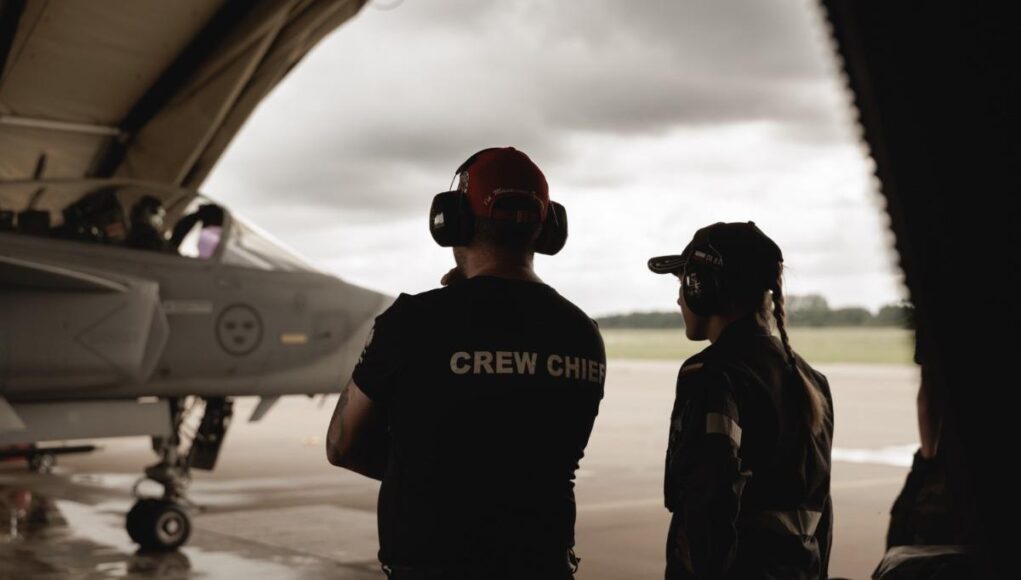
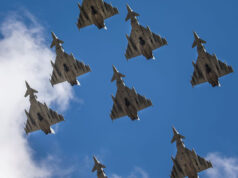
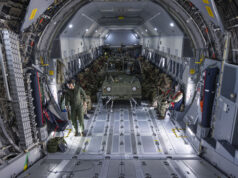
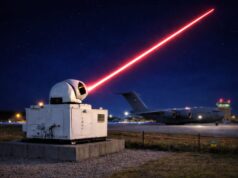
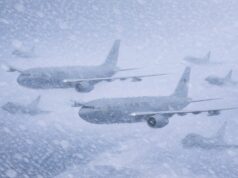
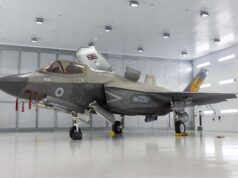
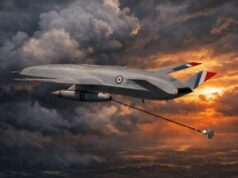
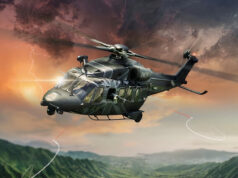
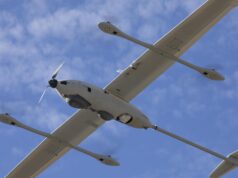
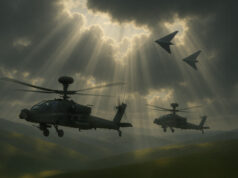
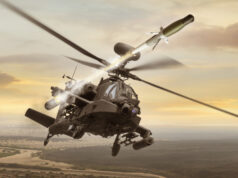

Why is this an article?
Aircraft use well established fuel hose/coupling arrangements to connect the supply bowser with the aircraft.
Aircraft handlers should be quite capable of refuelling different types of aircraft – even more so when different airforces use similar aircraft types.
When an aircraft to be re-fuelled. Where an aircraft is different the crew should either be able to assist in the refuelling i.e. switching/selecting of fuel options on the aircraft loading/switching panel. For different types of aircraft then the handlers would be expected to have some training on the different types of aircraft and how to refuel them.
This is no different to the civil airline world where say an Easyjet A320 is fuelled at Manchester by aircraft handlers then refuelled at Malaga, by example. The refuelling handlers trained either way. The same handlers might also refuel an A330, B777 etc or whatever aircraft type in the same shift
Bit of a none story in my view
I think the point is that the Easyjet A320 at Manchester has its engines switched off while the job is done: I expect that there are some critical safety techniques involved in refuelling prior to an immediate take-off.
William, You would be correct. Big difference refuelling a military jet when the engines are running and you have engineers running around trying to do certain checks, when your trying to ensure nothing compromises the refuel. Add time critical and loading munitions it becomes a bit stressful.
First military jets are designed to be refuelled engines running. Second it is still a training issue for the ground crews. Nothing as such that makes the technique to warrant a UKDJ article. And yes I’ve refuelled hundreds of RAF aircraft as an ex techie
👍, mostly rotary for me. Did a few with Harriers.
Okay then don’t read it?